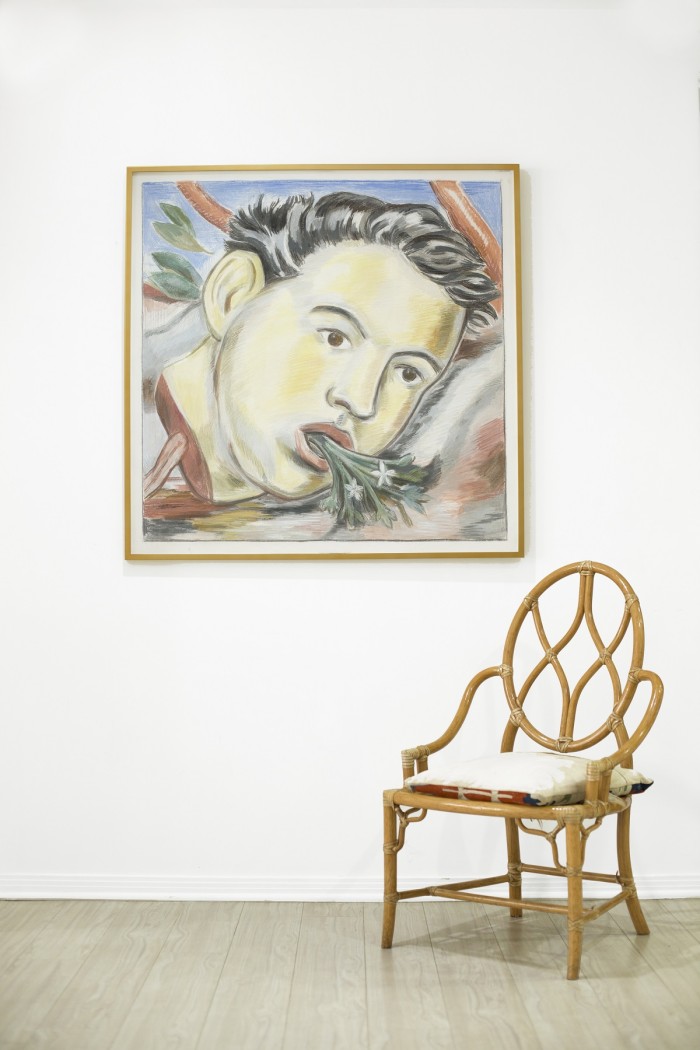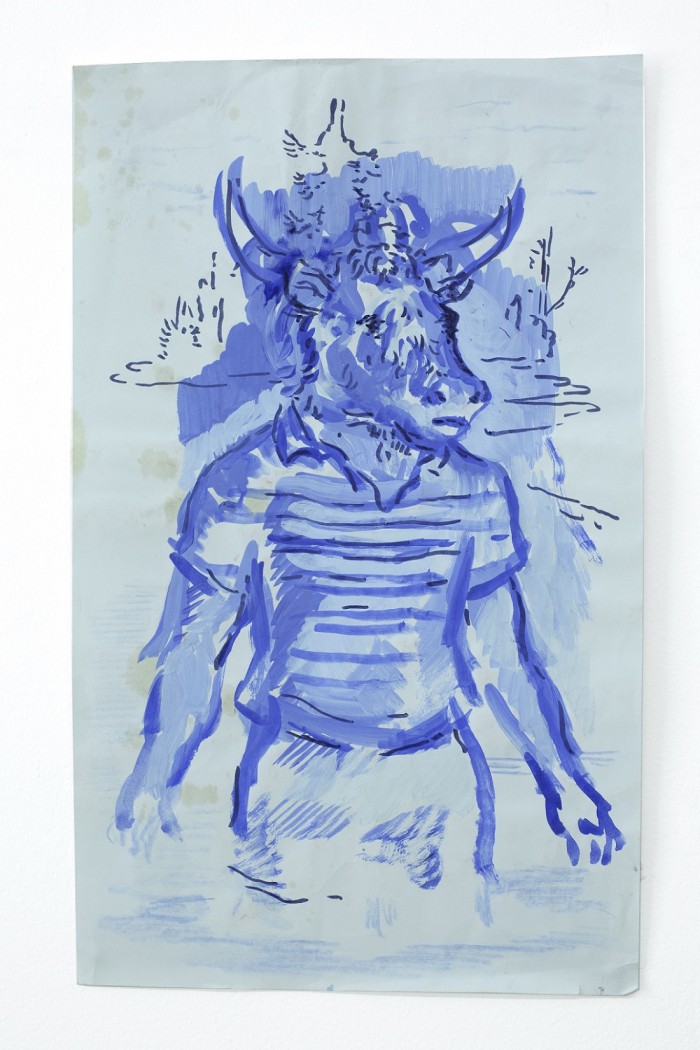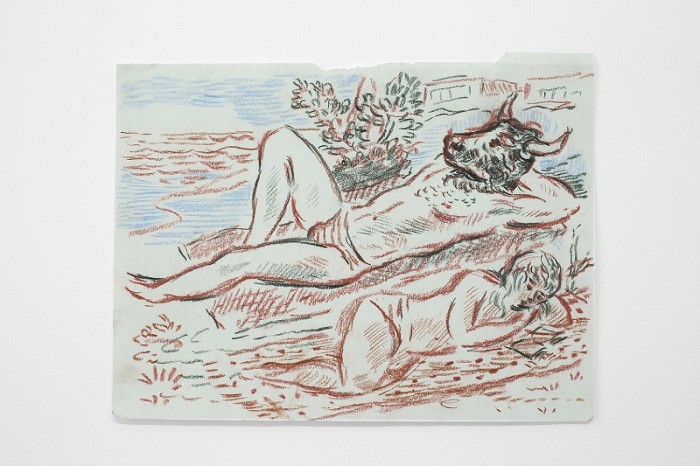Tiempo de lectura: 2 minutos

19.08.2015
Del Vaz Projects, Los Angeles, California, USA
28 de junio de 2015 – 23 de agosto de 2015



In his observation of Phidias’s sculpture at the Parthenon of the horse that draws Athena’s chariot, Goethe remarks how the artist succeeded to capture the essence of the horse. Phidias had portrayed the horse not only as if he had seen him with his own eyes but also as if he had conceived him in his own mind. Goethe’s remarks ignite both a philosophical and epistemological debate on the struggle between Reality and Art. Is it possible to sculpt in time? Is it possible to extract life from form?
These questions seem to be at the foundation of Nahuel Vecino’s practice. In his recent series of decapitados, Vecino (b. 1977, Buenos Aires) chooses to portray a fatal moment. Drawn from the violent murders carried out by drug cartels in Michoacan, Vecino’s decapitados hold in time the instant when the spirit is released from the body.
The most ancient, painless and effective technique of annihilation, decapitation (from Latin caput, capitis) is the separation of the head from the body with an ax, sword or more sophisticated device such as the guillotine. Yet there is no evidence of such devises in Vecino’s paintings. The weapon is absent and gives rise to an obsessive brush. The strokes are ordered, the picture methodically composed and theatrically set, resulting in a stylized social realism. Even in Vecino’s previous works beggars, prostitutes and shantytown dwellers from Buenos Aires are depicted in the serene style of the Renaissance or as if they were Greco-Roman divinities such as fauns, nymphs and demi-gods. Vecino wanders the peripheries of modern life and takes these archetypes with him. In his Theory of Forms, Plato asserts that ideas possess the highest and most fundamental kind of reality, existing eternally in divine thought. But ideas can also be understood as a functional structure underlying the behavior of an individual, group or society at large, establishing a set of automatisms that we respond to spontaneously. In Vecino’s decapitados, his characters are expelled from civilization in the most brutal possible way and become outsiders. In his quest to depict the fringes of society, Vecino stands as part of the resistance, reminding the viewer the possibility of transcendence through painting.
Text by Jill Muleady
Photo: Daniel Sahlberg
Courtesy of Del Vaz Projects, Los Angeles
Comentarios
No hay comentarios disponibles.